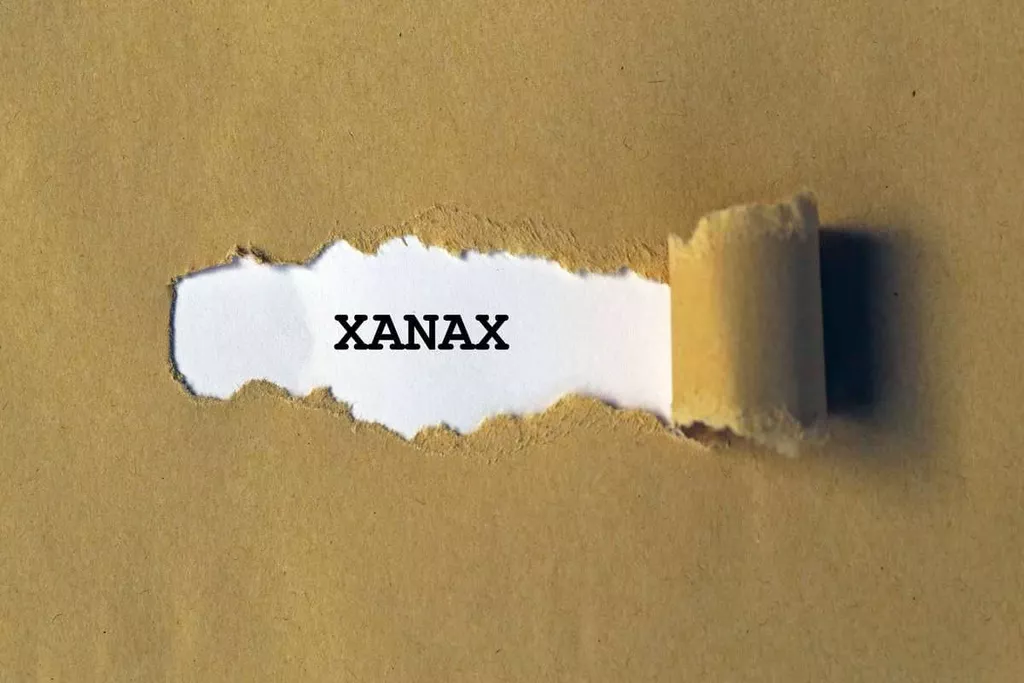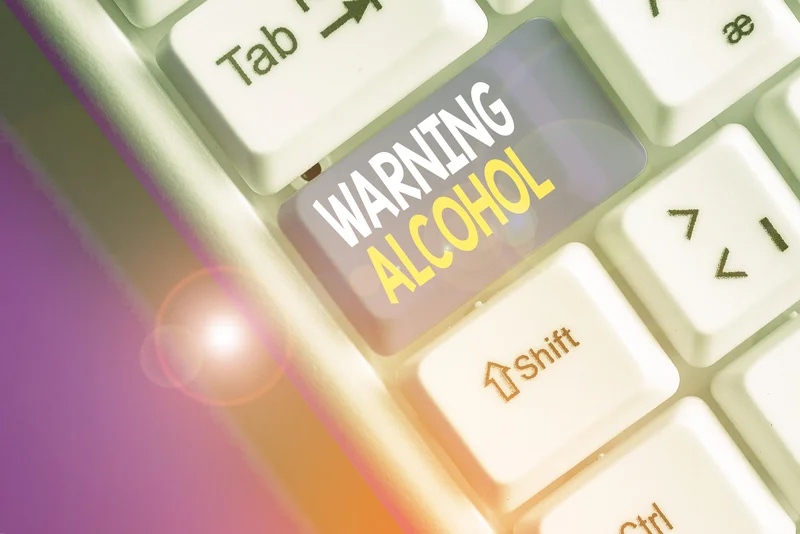High-Rated Drug & Alcohol Detox & Rehab in Cape Cod, MA The Recovery Team

Common treatment options include medication, behavioral therapies, and 12-step support groups. Although the condition worsens with excessive alcohol use, an alcoholic nose is not a sign of addiction or a drinking problem. However, if your nose is constantly swollen, it might be a sign you’re drinking too much. Besides the unsightly appearance of the nose due to alcohol addiction, there are other effects of rhinophyma that you should watch out for more than it is merely a “red nose,” “bulbous nose,” or “drinker’s nose.”
Effective Treatment Options for Rhinophyma (Alcohol Nose)

Additionally, the ongoing development of advanced laser technologies and minimally invasive treatments will continue to shape the future management of rhinophyma. The progression of rhinophyma usually follows the course of more severe cases Alcoholics Anonymous of rosacea, characterized by cyclical flare-ups that worsen without treatment. As the condition advances, symptoms can become increasingly pronounced, leading to permanent disfigurement if left untreated. Recognizing the importance of early detection and intervention can aid in managing the condition effectively and minimizing its impact on appearance and health. Frequently, individuals grappling with alcohol-related challenges may find themselves contemplating the need for professional help and support.
1. Database and study subjects
Environmental triggers, such as sun exposure, extreme temperatures, and certain medications, can exacerbate the condition. These symptoms are likely to occur on the bridge of the nose and the cheeks. However, there has been a significant shift in the way the medical field looks at and approaches rhinophyma after recent research.
Long-Term Effects
While misconceptions persist that alcohol consumption is the direct cause of rhinophyma, research indicates that alcohol may exacerbate the condition rather than initiate it. It is crucial to note that rhinophyma is estimated to affect only a small number of patients with rosacea. The association between alcohol consumption and rhinophyma has been a subject of debate and misconception.


This is because alcohol is what is known as a vasodilator, which means it causes blood vessels to expand and blood to flow to the surface of the skin. In addition to their professional qualifications, every single person here genuinely cares about your progress. The clinical, medical, and peer coaching teams don’t just treat symptoms—they’re invested in your long-term wellness.
- Out of these options, carbon dioxide laser surgery is considered the preferred option because it allows for the most precise removal of excess tissue.
- At Recovery Guide, our mission is to connect as many individuals struggling with mental health and substance abuse disorders to reputable treatment facilities.
- The social stigma related to alcohol abuse and alcoholic nose highlights the social pressures and barriers that still exist for those with substance abuse issues.
- Here are some of the most common causes surrounding rhinophyma nose development.
- More severe cases should be referred to a specialist, who may consider using topical ivermectin and brimonidine, or oral isotretinoin.
- We are dedicated to transforming the despair of addiction into a purposeful life of confidence, self-respect and happiness.
- It is considered to be a progressive and chronic skin condition, meaning that a person’s skin changes and worsens gradually over time.
- Rhinophyma itself is considered an advanced stage of rosacea, where untreated symptoms lead to thickening of the skin on the nose, resulting in a bulbous appearance.
- Moderation and responsible drinking habits are crucial for avoiding rhinophyma and maintaining a healthy lifestyle.
- For instance, low doses of isotretinoin (Accutane) may be prescribed to help address enlarged oil glands.
- He is a Captain in the Army Reserves and has 15 years of military service.
- Early indicators include persistent redness, swelling, or a thickening of the skin surrounding the nostrils.
Some individuals may have a hereditary tendency to develop rosacea, making them susceptible to rhinophyma regardless of alcohol consumption. While there is no definitive marker for rhinophyma linked to genetics, family history can indicate a higher risk. To prevent alcohol nose, it is essential to adopt a proactive approach focused on hydration and skincare. Regularly hydrate by consuming adequate water, as this supports skin health and elasticity.

- Androgens inhibit Th2 differentiation and Th2 memory formation (42), while androgen receptor signaling reduces allergic airway inflammation (43).
- With time, alcohol abuse can worsen rosacea and contribute to the development of rhinophyma (alcoholic nose).
- Meanwhile, there was no difference in the development of AR between individuals consuming five or more alcoholic beverages daily and those who do not.
- People who have rosacea may not develop an alcoholic nose until years later.
- Initial symptoms often mirror those of rosacea, making early detection crucial for effective management.
- It is more common in men than women and typically affects people of Caucasian descent.
Individuals may end up increasing their alcohol intake to cope with the self-conscious feelings that come with having the condition. Of course, drinking more only makes the condition and the person’s mental health deteriorate even further. To prevent the stigma, it is important to recognize that alcohol does not cause rhinophyma and that the term “alcoholic nose” is nothing more than a misconception. Rhinophyma, often referred to as “alcoholic nose,” can have significant visual impacts as individuals may develop a red, large, bumpy, or bulbous nose.
MEDICAL OPTIONS
These symptoms are indicative of the condition and can be visually observed without the need for laboratory tests. As the condition advances, it can result in a disfiguring nasal deformity, impacting both physical appearance and potentially leading to emotional distress. It is crucial to note that these symptoms are indicative of untreated, severe rosacea. Rhinophyma is not caused by alcohol alcoholic nose consumption, as was previously believed.




